

FURNAS BUG TB HOTEL
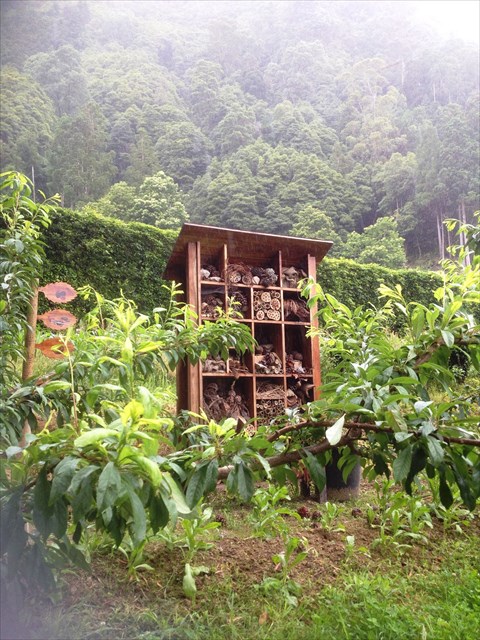
Português


No Vale das Furnas existem alguns dos melhores hotéis da região, como é o caso desta “unidade hoteleira”… Todos os trackables (geocoins e TB’s), que estejam em viagem pela região, são bem-vindos neste TB-Hotel, pelo período de tempo que desejarem. O local é bonito e sossegado.
Os “visitantes” podem aproveitar para visitar a sequoia vizinha, que já é nossa hóspede há centenas de anos…
AS SEQUÓIAS
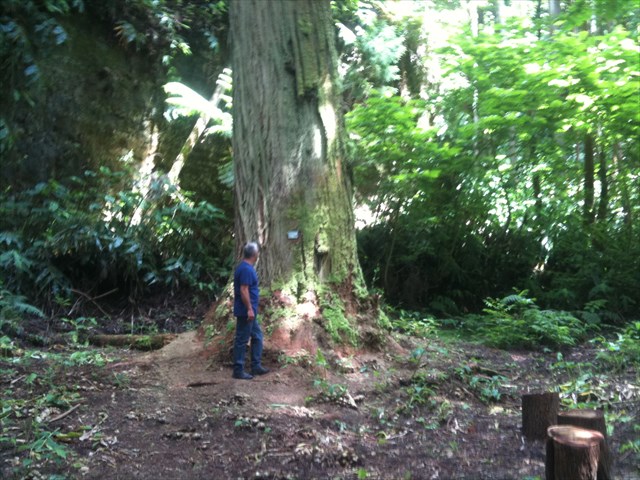
A sequoia-gigante é a maior árvore do mundo em termos de volume. Atinge, em média, 50–85 m de altura, e 5–7 m em diâmetro. A sequoia-gigante mais velha conhecida possui 4.650 anos de idade e encontra-se no Parque Nacional da Sequoia, na Califórnia (EUA). Medidas recordes de sequoias como 94,8 metros de altura e 17 metros de diâmetro já foram reportadas. A casca da sequoia é fibrosa, com sulcos, podendo chegar a 60 cm de grossura na base do tronco. Uma casca assim fornece uma excelente proteção contra fogo. As folhas são como as folhas dos pinheiros, com 3-6 mm, fazendo uma espiral nos brotos. As sementes vêm em cones, e cada cone têm em média 230 sementes de cor marrom-escura, cada uma com 4–5 mm de altura e 1 mm de espessura, possuindo umas "asinhas" marrom-amarelas de 1 mm. As sementes são carregadas pelo vento quando se desprendem do cone. É considerada um fóssil vivo.
CARATERÍSTICAS
Família-Cupressaceae
Nome científico- Sequoia sempervirens (D. Don) Endl.
Distribuição Geográfica– É nativa da América do Norte. A partir de meados do século XIX começou a ser plantada na Europa.
Identificação- É uma árvore de grande porte que pode viver muitos anos, podendo atingir 100 metros de altura. O seu troco é reto e os seus ramos são quase horizontais e encurvados para baixo. As folhas são perenes, estreitas e distribuídas em fileiras no ápice dos ramos. Os seus frutos têm a forma de um cone.
Em Portugal existem alguns exemplares classificados como de Interesse Público:
- Guarda, Parque da Saúde
- Sabugal, Jardim do Museu e Auditório do Sabugal
- Cernache do Bonjardim, Piscina Municipal
- Guarda, Quinta do Alarcão
- Tabuaço, Quinta do Hospital
- Mata do Bussaco, Bussaco
- Açores - Furnas, Mata de José do Canto e parque Terra Nostra
A SEQUÓIA GIGANTE DA LAGOA DAS FURNAS

O Regente Florestal António Emiliano Costa, no Boletim da Comissão Reguladora dos Cereais do Arquipélago dos Açores, nº 17, relativo ao primeiro semestre de 1953, no seu texto “Árvore Notáveis de São Miguel”, refere-se à Sequoia da Mata-Jardim José do Canto nos seguintes termos: “A Sequoia sempervirens End. (Californian redwood) …é um belo exemplar local com 4,27 mde perímetro à altura do peito …”
Ainda no mesmo texto, o autor menciona o facto de esta espécie ter a vantagem de se desenvolver melhor do que a criptoméria pelo que podia ser usada na arborização de algumas zonas de São Miguel.
Sobre a sua madeira, António Emiliano Costa escreve que “é muito superior à da criptoméria, com a vantagem também de ser leve, é ótima para todos os géneros de construções e mesmo marcenaria, tomando um belo aspeto quando polida e envernizada”.
Mata-Jardim José do Canto
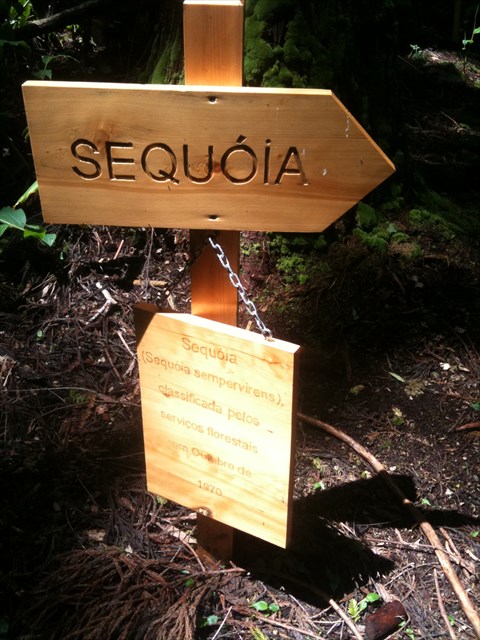
Criada por José do Canto é a maior propriedade existente na Lagoa dos Funas, inscrita na “Associação Portuguesa de Jardins e Sítios Históricas”, ocupando a margem sul do plano de água e penetrando para o interior da montanha, até ao limite da ribeira do Salto do Rosal. Toda a propriedade está densamente florestada com extensas áreas reservadas a floresta de produção e floresta de proteção e uma outra parcela nas zonas baixas junto à margem onde existe uma belíssima mata ajardinada, desenhada e plantada nos meados do séc. XIX. Da diversidade de espécies da mata-jardim destacam-se o Carvalho, Quercus róbur, a Faia- europeia, Fagus sylvatica, as Sequoias, Sequoias sempervirens, e o Cedro-branco, Chamaecyparis lawsoniana
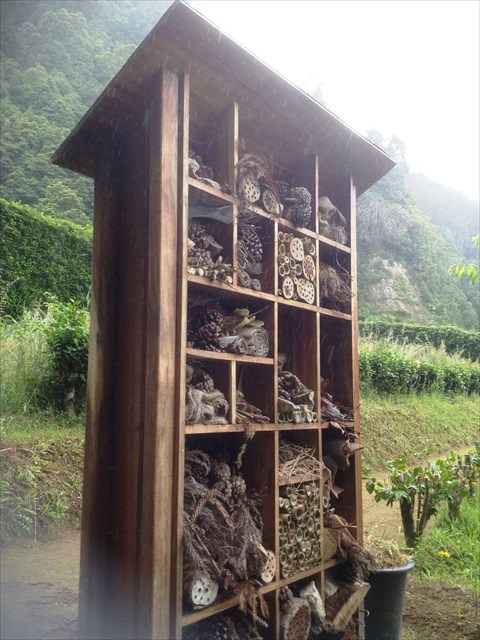
O BUG TB HOTEL
Pede-se aos visitantes que tenham em atenção que existem cinco hóspedes (TBs) que são residentes permanentes deste Hotel.
Não os levem consigo…
São residentes permanentesdeste TB HOTEL os TB’s:
TB6CPRE; TB6F8G5; TB6F6ZR; TB6F563; TB451T; TB6590V;
TB62DAN; TB6B6BH; TB6D0YN; TB62DA2;
TB6BKZA; TB6BM0D; TB6BKZ2 e TB6BKZJ.
Os hóspedes temporários são os que se encontram dentro do hotel… e estão à vossa espera para seguirem viagem para outros destinos…

A CACHE:
A caixa tem um formato NÃO convencional.
Por favor, não nem postem fotos que possam denunciar a cache.

FURNAS BUG TB HOTEL
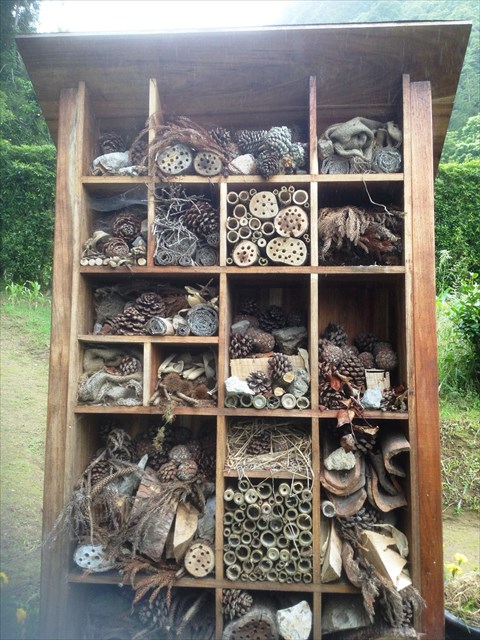
ENGLISH


In the Furnas Valley there are some of the best hotels in the area, such as this "hotel unit" ... All trackables (geocoins and TB's), who are traveling in the region, are welcome in this TB-Hotel for a period of time they wish. The place is beautiful and quiet.
The "visitors" can take the opportunity to visit the nearby sequoia, which is already our guest for hundreds of years ...
The REDWOODS (Sequóias)

The sequoia Giant is the largest tree in the world in terms of volume. Reaches on average 50-85 m high, and 5-7 m in diameter. The oldest known giant sequoia-has 4650 years old and is in the Sequoia National Park in California (USA). Redwood records as measures 94.8 meters tall and 17 meters in diameter have been reported. The sequoia bark is fibrous, furrowed, and may reach 60 cm thick in the trunk base. A shell so provides excellent protection against fire. The leaves are like the leaves of pine trees, with 3-6 mm, making a spiral in shoots. The seeds come in cones, each cone has an average of 230 seed dark brown color, each 4-5 mm high and 1 mm thick, having a "wings" brown-yellow 1 mm. The seeds are carried by the wind when it detached from the cone. It is considered a living fossil.
FEATURES
Family - Cupressaceae
Scientific-nameSequoia sempervirens (D. Don) Endl.
Geographic distribution- is native to North America. From the mid-nineteenth century began to be planted in Europe.
Identification-is a large tree that can live many years, reaching 100 meters high. Your change is straight and its branches are almost horizontal and curved down. The leaves are evergreen, narrow, and distributed in rows at the apex of the branches. Its fruits have the shape of a cone.
In Portugal there are some specimens classified as Public Interest:
- Guard, Health Park
- Sabugal, Museum and Garden Auditorium of Sabugal
- Cernache do Bonjardim, Municipal Swimming Pool
- Guard, Quinta do Alarcão
- Tabuaço Farm Hospital
- Forest of Bussaco, Bussaco
- Azores - Furnas, José Mata's corner and Terra Nostra Park
THE GIANT SEQUOIA OF FURNAS LAKE
The Regent Forest Antonio Emiliano Costa, in the Bulletin of the Regulatory Committee on Azores cereals, # 17 on the first half of 1953, in his text "Remarkable Tree of San Miguel", refers to the Sequoia Forest-Garden José Canto as follows:. "The End Sequoia sempervirens (Californian redwood) ... is a beautiful spot specimen with 4.27m perimeter at breast height ..."
In the same text, the author mentions the fact that this species has the advantage of developing better than criptoméria for what could be used in afforestation of some areas of San Miguel.
On the timber, Antonio Emiliano Costa writes that "it is much higher than the cryptomeria, with the advantage of also being lightweight, it is great for all kinds of buildings and even woodwork, taking a beautiful appearance when polished and varnished."
Forest-Garden José do Canto
Created by José do Canto is the largest existing property in Lagoa dos Funas, enrolled in the "Portuguese Association of Gardens and Historical Sites", occupying the southern bank of the water plan and penetrating into the mountain, up to the Salto river boundary the Rosal. The entire property is heavily forested with large areas reserved for production forest and protection of forest and another installment in the lowlands along the shore where there is a beautiful garden kills, designed and planted in the middle of the century. XIX. The diversity of forest-garden species include the oak, Quercus Robur, European Faia-, Fagus sylvatica, the Sequoias, Sequoia sempervirens, and Cedars-white, Chamaecyparis lawsoniana.
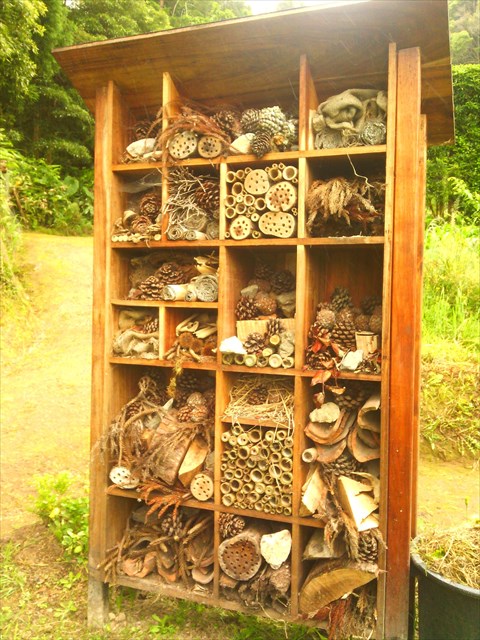
THE BUG TB HOTEL
It is requested that visitors have in mind that there are five guests (TBs) who are permanent residents of this Hotel.
Do not take them with him ...
Are permanent residentsof this TB HOTEL, TB's:
TB6CPRE; TB6F8G5; TB6F6ZR; TB6F563; TB451T; TB6590V;
TB62DAN; TB6B6BH; TB6D0YN; TB62DA2;
TB6BKZA; TB6BM0D; TB6BKZ2 e TB6BKZJ.
Temporary guests are those who are inside the hotel ... and are waiting for you to follow travel to other destinations ...

THE CACHE:
The box has a NO conventional format.
Please do not to post pictures that can report the cache.
